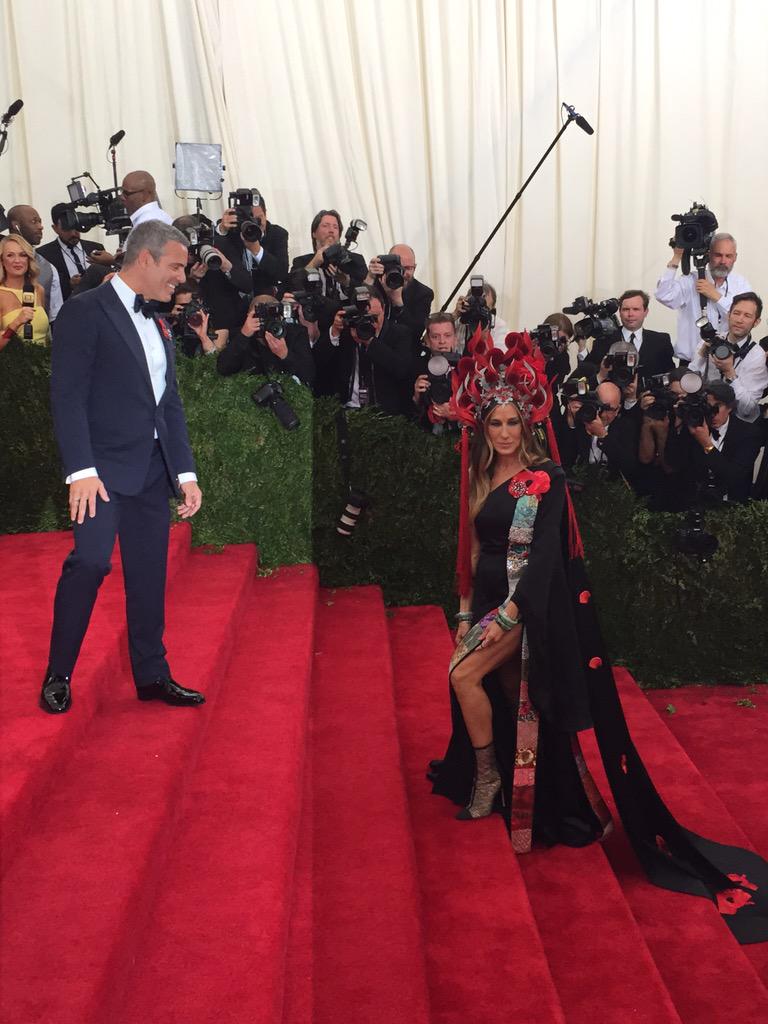 |
| Picture: Wikipedia |
This picture has haunted me since I first saw it some years ago in Utrecht's Catherijneconvent. It's a tiny painting that hung in a darkened cloister, a sublime masterpiece that jumped out from the other fine medieval pictures in that lovely little museum. I'd known it from illustrations, but it hadn't prepared me for the really emotional experience of seeing the original. I went back recently specifically to see this one picture, after seeing the Wtewael show nearby. It was one of the most awful experiences I've ever had at a museum. The picture is now in the middle of a brightly lit gallery, with a loud musical soundtrack booming out from a speaker above it. Music from different periods plays on a short loop. It simply ruins the experience, and makes it impossible to appreciate the picture. Even with fingers in ears, the music is unavoidable. This deeply emotional and profoundly sorrowful picture is wrecked and trivialised when booming mood music is imposed on it. The subtlety of Geergen's vision is overwritten by the curators' crass muzak selection.
Music creates a particular mood. Advertisers and marketers deliberately use music to establish brand image and persuade you to spend money. It's their prerogative to impose a uniform experience on consumers. But pictures are naturally more open-ended. My experience of the Man of Sorrows is likely to be different from yours. But the imposition of a specific soundtrack closes down those experiences, enforcing uniformity. It's utterly inimical to the way I want to see art. Yet museums are introducing sound and video more and more into the staid galleries of old masters. The Met has an especially ridiculous audio visual display around the great Adam sculpture that they smashed a few years ago. It was apparently championed by their director, scholar-turned-impresario Thomas Campbell, and curator Luke Syson, notorious for his role on the committee overseeing the disastrous restoration of Leonardo's Virgin and Child with St Anne.
Now the National Gallery has an entire exhibition of 'sound art', in which 'sound artists' are invited to respond to pictures in the collection. It is feeble, as astute critics have recognised. The display of Antonello's St Jerome also includes a model of his study with a hilly landscape, which looks a lot like a craft project I did at school when I was six or seven years old. The musical choices are painfully obvious, and this ticketed exhibition deprives visitors of great pictures like Holbein's Ambassadors.
The defensive publicity material tells us that the National Gallery is meant to be an inspiration to all kinds of artists, not just visual. Indeed. But that doesn't mean that the NG is obliged to show the fruits of that inspiration, no matter how badly they've withered. Nature, too, is an inspiration to poets and artists. But we can appreciate the lake district without have romantic poetry broadcast from the hilltops. And in the case of the NG's exhibition, it's more William McGonagall than William Wordsworth.
So why the desire to include sound in museums? The most hilarious comment I've seen is from Sandra Beate Reimann, who curated a sound show at the Tinguely Museum: "Our culture, since Plato, has focused on the primacy of the eye as a means of understanding the world. In the past year we've seen a trend to go wider and bring in other senses." Wow. Just wow. It tells us so much about the self-regard of contemporary art, and its utter lack of historic sense that anyone could try to divide the history of human culture into 'all history from Plato to 2014' and '2014 to 2015'. Of course anyone with an iota of historical awareness knows there's a rich history of exploring the world through different senses, and of reflecting critically upon it. We might reasonably wonder what Reimann can add to our culture given her profound ignorance of its history.
The curators at the Met and the National Gallery aren't ignorant of history. They are learned scholars expert in art history and skilled in sharing their knowledge with a lay public. Yet they seem defensive about their own expertise. Rather than tell us about great works of art, they defer to idiot popularisers who claim implausibly to have special insight into modern audiences and modern art (you know, the great advances of the past 365 days that Reimann enthuses over). The curators' knowledge is for nothing if they can't tell these people to shove off. These intrusive and stupid musical shows are not only without merit, they rob us of the chance to enjoy our own experience of truly great art.



